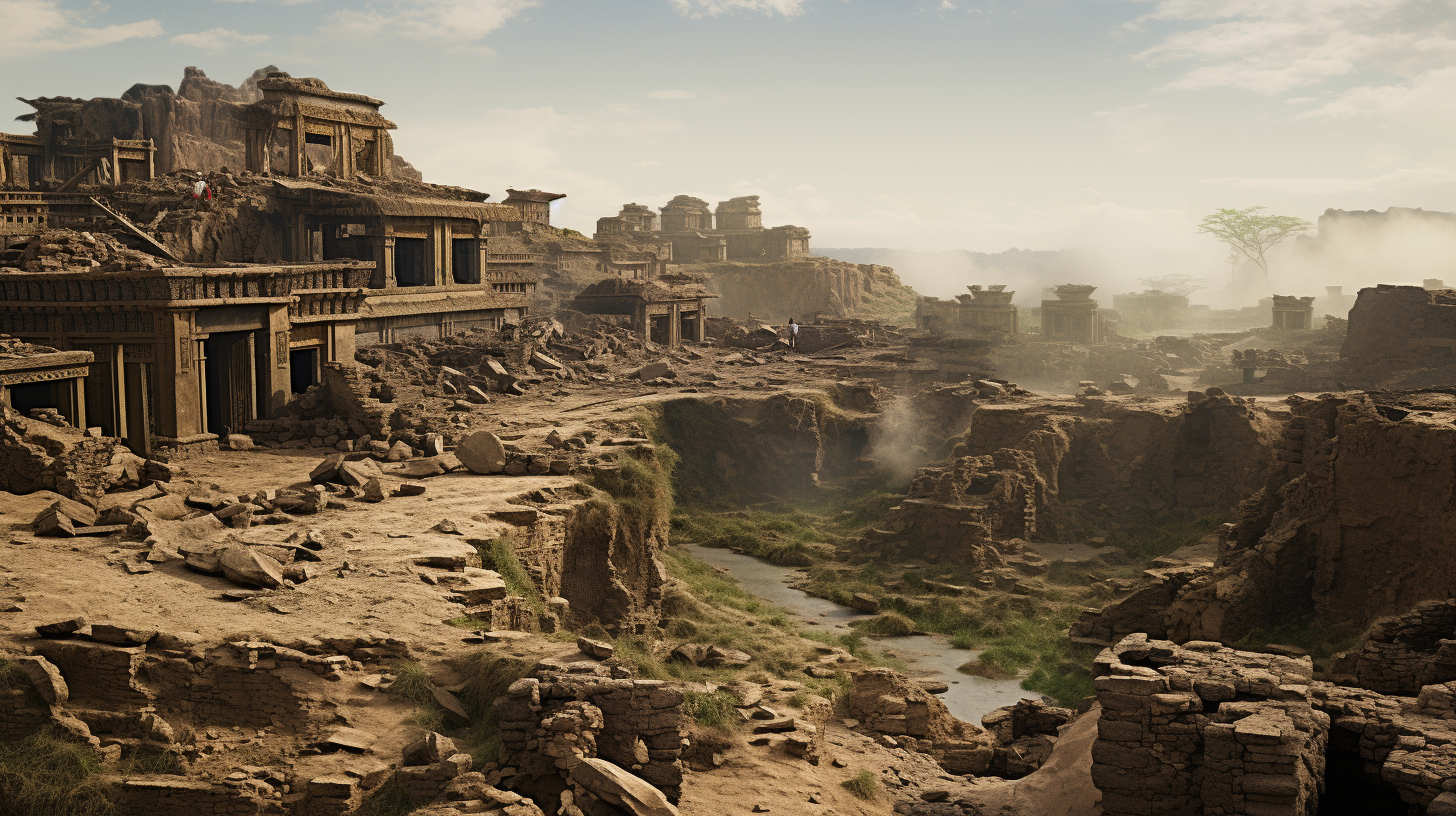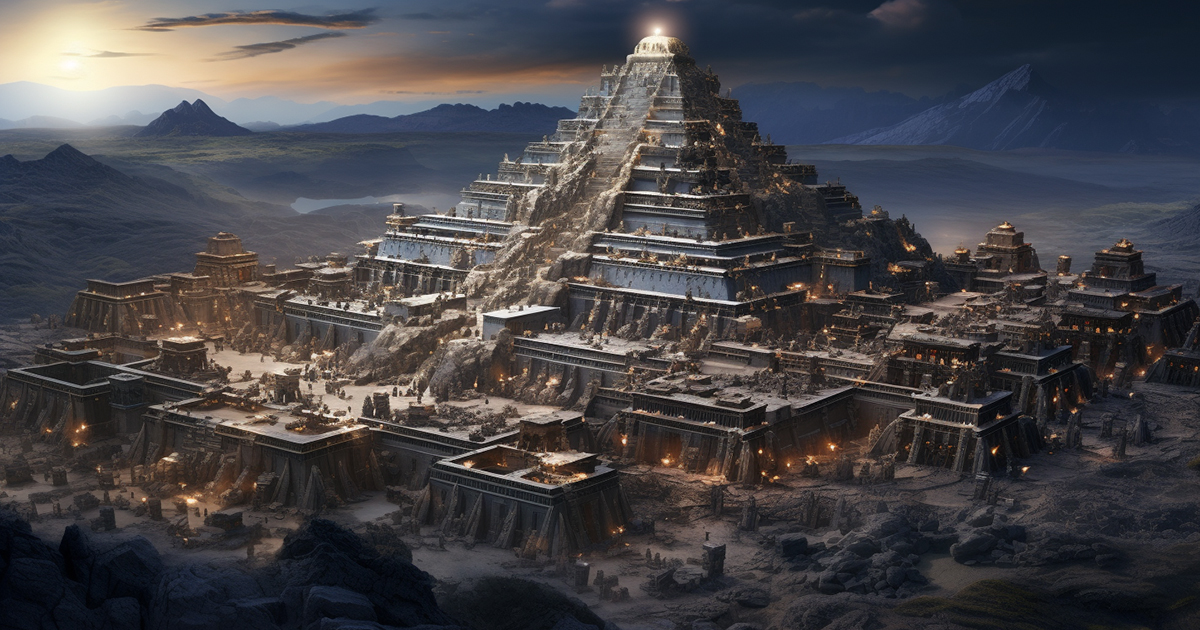In the annals of history, there are moments when the earth seemingly yields its secrets reluctantly, unveiling astonishing remnants of the past. In 1986, deep within the heart of Guanghan City, China, a team of construction workers stumbled upon something truly extraordinary.
They unearthed two mysterious sacrificial pits, each containing a treasure trove of relics that pointed to the existence of a long-lost civilization. This remarkable discovery, dated to have thrived between 3,000 and 5,000 years ago, has since rewritten the narrative of ancient China.
Before the emergence of the Sanxingdui artifacts, the origins of Chinese civilization were firmly rooted in the Yellow River Basin. It was believed to be the cradle of their culture, the birthplace of their identity. However, the artifacts found at Sanxingdui challenged this singular narrative.
These relics hinted at the existence of other advanced cultures on the fringes of the Yellow River Basin, cultures that had significantly shaped the very foundation of Chinese civilization.
One of the most confounding aspects of the Sanxingdui discovery is the absence of any written records or historical accounts documenting this culture. In a civilization known for meticulous record-keeping, the silence surrounding Sanxingdui is deafening.

How could a society of such sophistication evade the annals of history? The lack of textual evidence only deepens the enigma.
Adding to the intrigue is the absence of human remains at the site, suggesting a fleeting existence that spanned a mere 350 years. Even more perplexing is the deliberate destruction of the artifacts themselves.
The precious relics were systematically broken, burned, and interred in two pits, rendering them seemingly useless. The question that naturally arises is: why? Why would a civilization take great pains to bury its own legacy in such a manner?
Among the most peculiar artifacts are the bronze heads, each adorned with features that defy conventional human representation. These enigmatic sculptures have sparked debates and speculations for decades. The eyes, in particular, have captured the attention of researchers.

Their unusual appearance raises questions about the identity of those they sought to depict. Were these truly the visages of ancient humans, or could they represent something altogether different, even extraterrestrial?
The possibility of ancient astronauts visiting Earth in the remote past has long been a topic of fascination and intrigue. Some have pointed to the Sanxingdui artifacts as potential evidence of such encounters. The exaggerated features, the oversized eyes and ears, all hint at beings that deviate from our contemporary understanding of humanity.
Could it be that these masks are a testament to a visitation from otherworldly beings? And if so, could their presence hold the key to unraveling the mystery of the civilization’s abrupt disappearance?
The Sanxingdui artifacts continue to elude easy categorization or explanation. The civilization they represent remains an enigma, a chapter in history that defies conventional understanding. Were they an extraterrestrial civilization, a hybrid of humans and visitors from the cosmos, or something else entirely? The answers remain elusive, lost in the sands of time.
Video:
In the heart of China, beneath the layers of history, lies a profound mystery waiting to be unraveled. The relics of Sanxingdui stand as a testament to the astonishing complexity of our shared human story. As we strive to decipher the enigmatic past, these artifacts serve as a stark reminder that the true extent of our history may be far more intricate and profound than we can ever imagine.

19 thoughts on “The Lost Civilization of Sanxingdui: Unveiling Enigmatic Treasures”
Comments are closed.